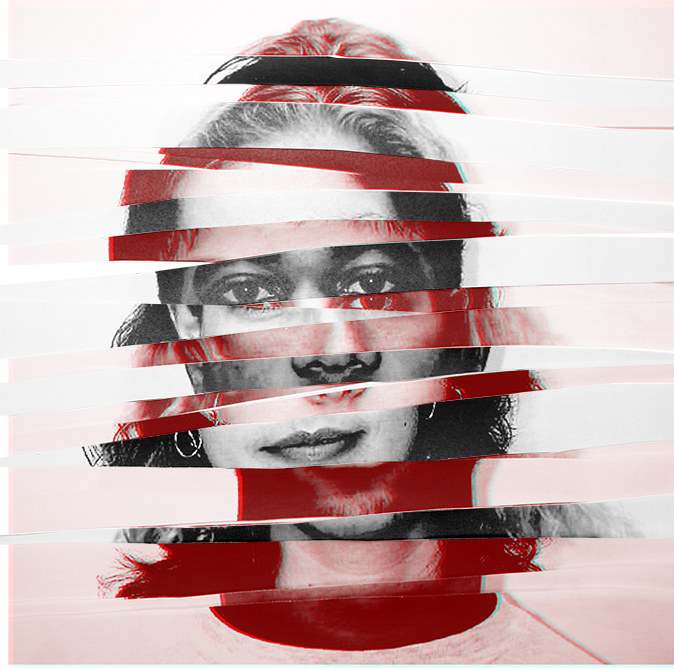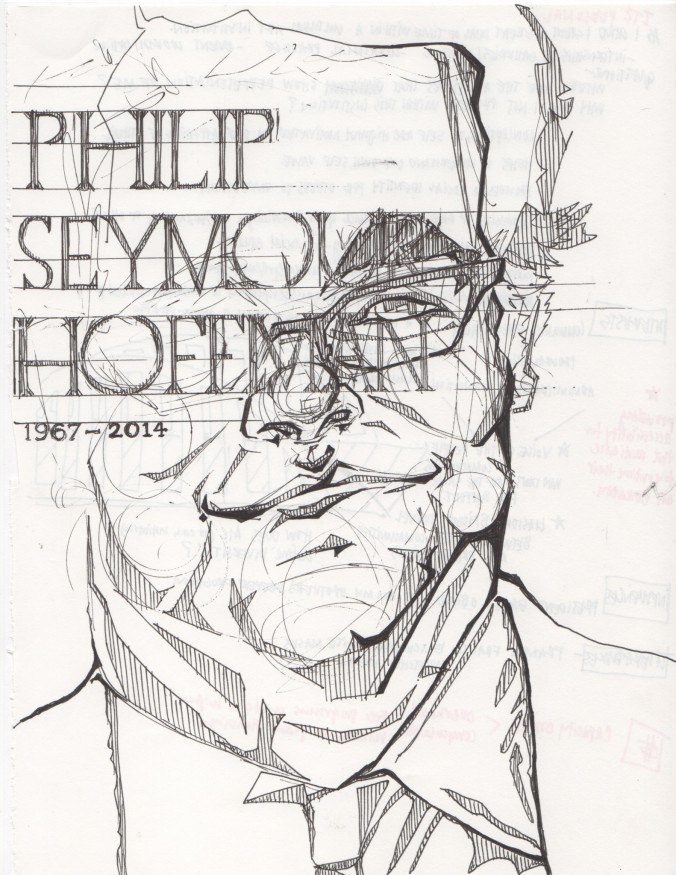Student and Faculty Groups Take Action on Social Difference at SAIC
Following the intense series of conversations stimulated by student and faculty groups like Black at SAIC, SAIC Hillel, the Diversity Action Group (DAG), and the Faculty Senate Diversity Committee, last year saw an increased attention to diversity at SAIC, both in the classroom and in the larger community. Since 2009, SAIC has been having school-wide discussions on social difference, focusing on issues of race, gender, sexuality, and class. After the institution launched a new Strategic Plan that prioritized diversity as one of its seven focal points last year, there has been much attention on what the institution will actually do to better address and prioritize issues of social difference at SAIC.

Since last year, the DAG (which was composed of faculty, students, and staff) has dissolved and taken on new forms. As F news Magazine went to press, President Massey announced the formation of the Diversity Advisory Group (or DAG 2.0) to continue the work of the DAG, which will be chaired by Dean of Faculty Lisa Wainwright and will report directly to President Massey. On the group, senior administrators will be joined by “key stakeholders,” including faculty, staff and students.
Working in association DAG 2.0 is the Multicultural Affairs Advisory Committee. Open to students, staff, and faculty, the group will “give members of SAIC the opportunity to network with each other, collaborate, and also air any concerns they have about diversity at the school,” said Rashayla Brown, assistant director of Multicultural Affairs and Black at SAIC co-chair.
In an interview with F Newsmagazine, Brown said the group includes all interested students and faculty members in addition to “RAs, Students who are in SUGS, students who are interested in sustainability, students who are leaders of all the affinity groups like the Korean Students Association (KSA), SAIC Hillel, and Spectrum [the gender and sexualities spectrum group on campus]” and holds bi-weekly meetings in the Sharp Building in room 215 that any student can attend. “Those meetings are designed, first of all, to help students get a better knowledge of these diversity initiatives,” said Brown. “Hopefully, then they will do the same thing that the staff and faculty did on the DAG, which is disperse and get other people committed to this conversation.”
Brown stated that there are going to be more immediate changes happening at SAIC within the next year, or even semester. While systemic changes to the first year programs and school curriculum may be further down the line, faculty and staff training has gotten off to a quick start. It is already underway in some cases, such as with SAIC’s Wellness Center staff receiving training sessions from the non-profit transgender support initiative TransLife Project at the Chicago House, and recent plans from SAIC’s health services department to create a more inclusive environment for trans* students. According to Brown “in diversity training, changes are moving the fastest.” Brown notes that “the whole department of Student Affairs is going to be undergoing a similar type of training soon.” While it will be some time before we see changes to curriculum, Brown said that “there is a lot of work being done on it right now, and a lot of progress has been made already.”
In her opinion, “This is not just an SAIC problem.” Rather, it is “more of an art school problem.” “A lot of art schools tend to struggle with promoting this type of integrated approach to diversity,” said Brown. Though structural institutional changes usually only happen as schools try to keep up with one another, she notes that “we’re moving forward without that type of trailblazing happening at other schools.” As Continuing Studies faculty member Josh Rios observes, “The classrooms at SAIC can always be more diverse.”
“SAIC is a small and expensive private art school, so there is, for the most part, an economic threshold in place that necessarily excludes some types of potential students; students that would both benefit from and add support to the school’s already existing openness to socio-cultural and identity differences,” said Rios.
As Faculty Diversity Senate Committee member and Architectural professor Lisa Norton sees it, the DAG and other groups “have no doubt made SAIC more inclusive and accommodating.” She believes the larger problem is “that our institutional and societal framings of diversity are inadequate to the complexities of today’s world.” She points out, “It is our very diversity that makes it so difficult to address issues related to diversity and inclusivity.”
In the last year, DAG put out a rubric for changes that faculty and staff would like to see at SAIC that is downloadable on the school website. It includes many proposed ideas for institutional changes, like increased diversity training, comprehensive discussions and reformed curriculums. As SAIC Assistant Professor Jefferson Pinder observes, “It’s lofty and the culmination of a lot of hard work. It will take a herculean effort to execute those recommendations.” He is hopeful about their impact, asserting that “if we can do half of the recommendations we’d be in a great place.” Pinder also said that “as a community we need to keep an eye on that plan and ensure that it’s not lip service.”

But changes, sadly, take a long time to complete. Improvements, while sometimes not as radical as many hope, operate as small stepping stones towards changing the larger institutional culture. Brown said, “one thing that I always have to remind students is that these things do take time.” But regardless of these constraints, she stated that “we’re all working as fast as we can to make sure there are some visible changes for people to benefit from.” Brown notes the importance of fast action: “You’re spending your time here, spending your money here, and you’re trusting the institution to provide you with a certain type of education by doing that, so we have an obligation to fulfill that expectation.”
The Multicultural Advisory Committee meets bi-weekly from 4:15-5:45 in the Sharp Building, room 215. The next meeting dates are Wed. 2/26, Wed. 3/12, Mon. 3/31, Wed. 4/9, and Mon. 4/28, and all students, staff, and faculty are welcome.







